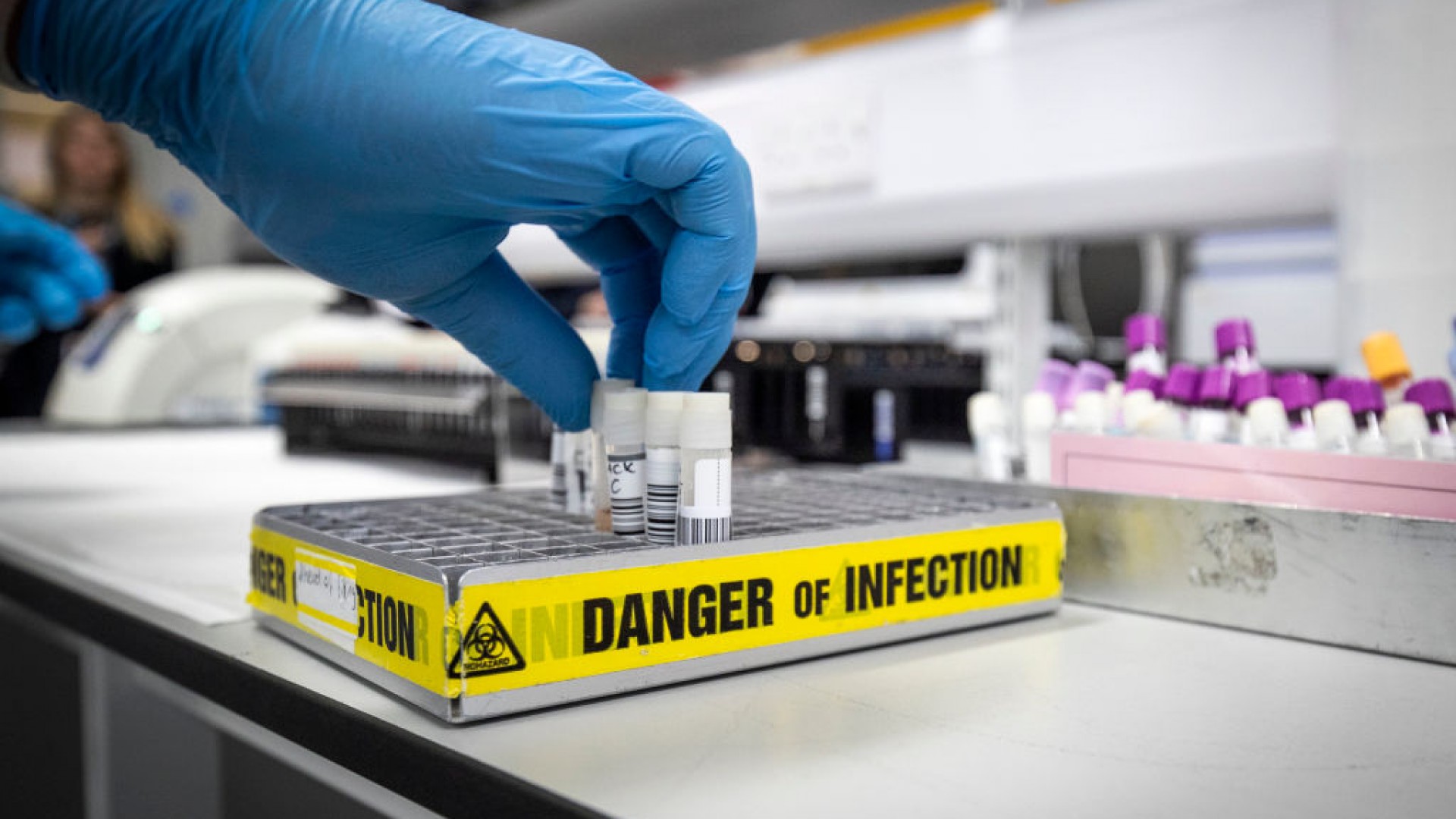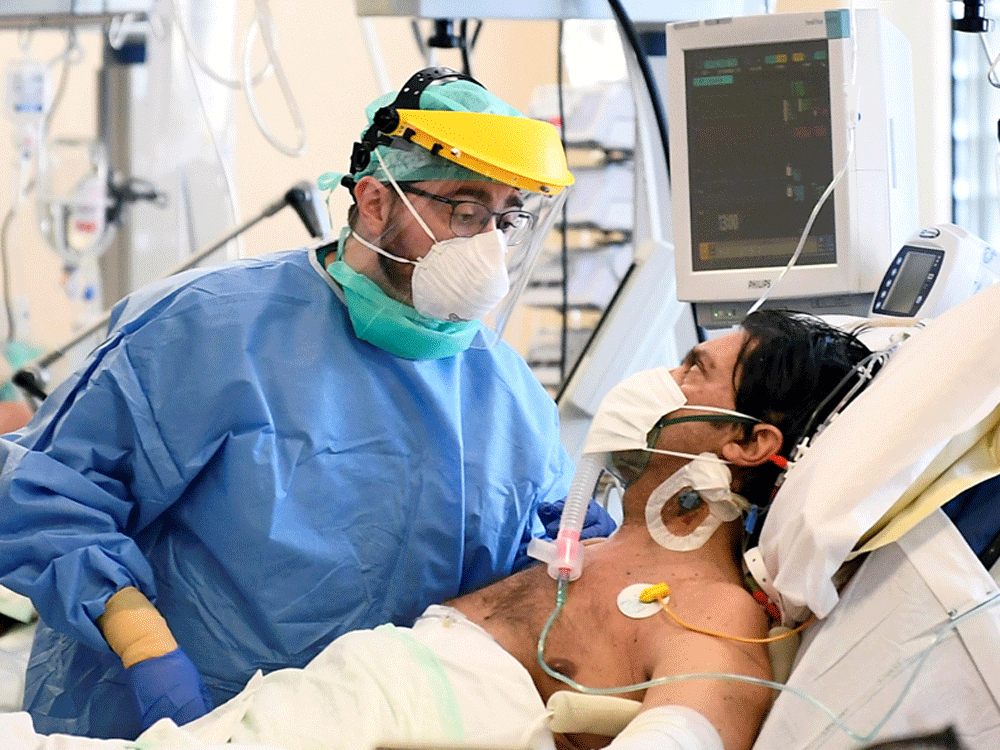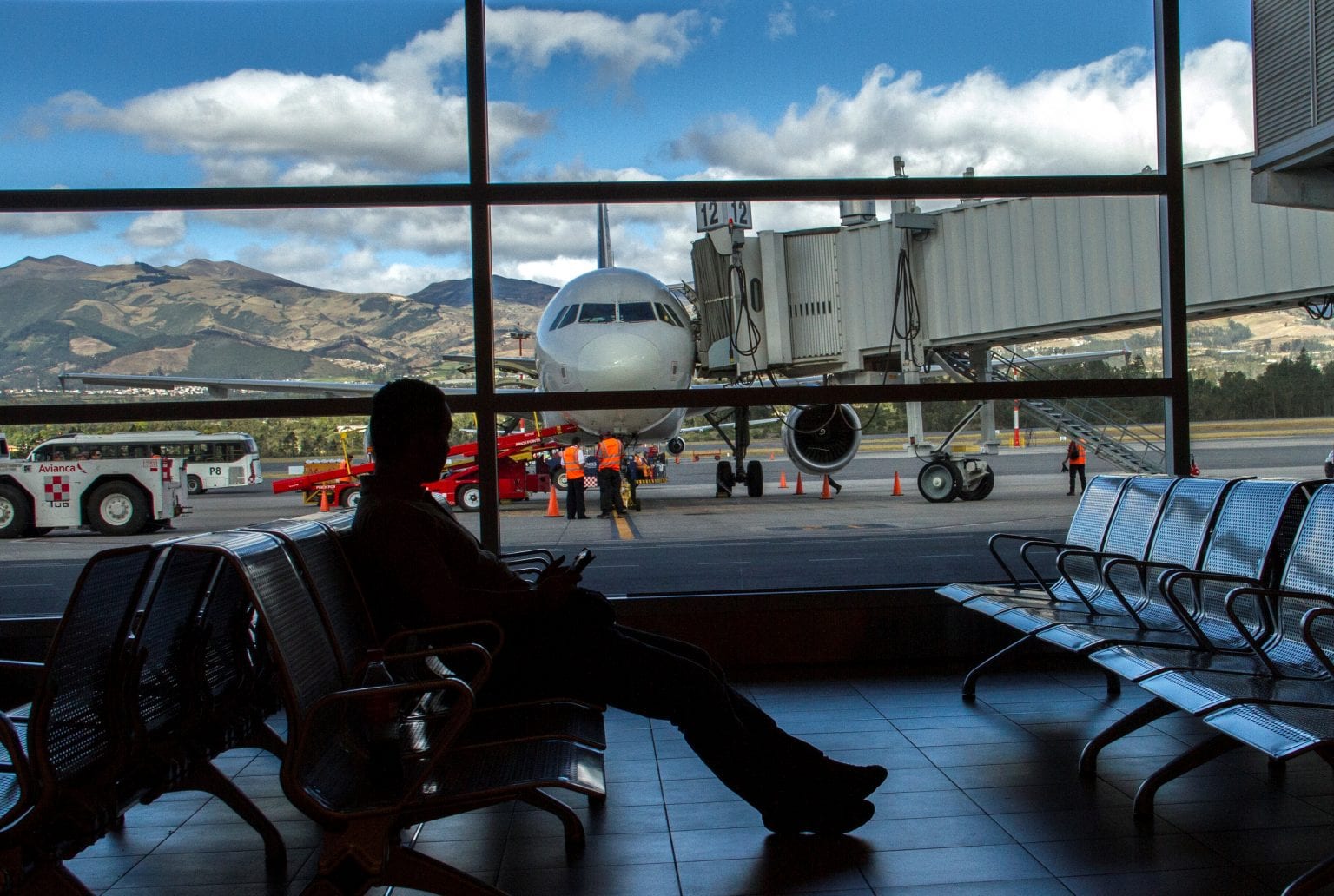Tracking the spread and outcome of the coronavirus in Ecuador: UPDATED FOR MONDAY, July 20, 2020
Unlike last week when we had a slightly positive outlook on the COVID-19 across Ecuador, this week it’s hard to say that things are going in the right direction.
While overall there was a slight decrease in both the rate of new cases and new deaths, when examining the numbers on a province by province basis, it’s hard to see any improvement.
That said, there has been some positive change in the other indicators we have been tracking since May 4, 2020.
This week’s COVID-19 test results showed us increases in the rates of new cases and deaths in many more provinces than last week. While overall both rates fell slightly, the number of provinces with an increase in the rate of new cases was 15, a significant jump from the 7 provinces in this category last week.
We also saw a slight bump in the number of provinces with an increase in the rate of new deaths; this week this rose to 10 provinces, up from 8 last week
Overall, on a national level, these numbers went down. However, the decreases were both minimal. Nationwide, the rate of new cases fell from 11.15% to 10.43%. The rate of new deaths fell even less, going from 5.56% to 5.27%.
One bright spot is that the rate of new “probable COVID-19 deaths” fell again to 2.64%; that means this number has gone down for six consecutive weeks. This would suggest that the government is getting closer to identifying the actual “true number” of deaths associated to the coronavirus in the first weeks of the pandemic in Ecuador.
As we said last week, this week’s numbers would give us a real indication of the impact of the
National Committee on Emergency Operations (COE) reduced nationwide curfew,opening of theaters and cinemas and authorization for groups of up to 25 people to meet.
It seems that this week’s number show that these relaxations in restrictions have had a negative effect across the country.
Government efforts improve, albeit slightly
Last week we reported that the government was continuing to reduce its sample collections and test results. This week does not give us an impression that there has been much improvement in their processes.
The numbers of both sample collection and test completion have gone up, albeit slightly. This week the government rate of sampling only went up 11.86% versus 11.40% last week. This is after increasing by 12.96% only two weeks ago. Again, there has been little noticeable improvement in this in three weeks.
Similarly, the rate of increase in completed tests went up slightly from 9.25% to 9.31%. Essentially, no real change here.
The percentage of backlogged tests has also gone up slightly this week. And since the rates of new samples collected changed minimally, and there was hardly any increase in the rate of tests being completed, it further shows that the government continues to be falling behind again in its testing efforts.
As we said last week, this can lead to an aging of samples if the country does not address this immediately. The problem with that is that it makes it more difficult to identify outbreaks and to do any valuable contact tracing.
With 174,722 tests completed, Ecuador has only tested 11,564/1 million people. That falls to 128th out of 215 countries tracked worldwide. Ecuador’s neighbors have done much better: Peru has tested 62.534/1 million people and ranks number 53 on the list. Colombia has tested 23,769/1 million people and ranks 105 on the list.
Rate of positive tests remains the same
This piece of data helps to tell us if there is an increase or decrease in the viral spread of the coronavirus. Unfortunately, this number has been essentially unchanged for last three weeks after it rose following eight consecutive weeks of decreasing. This week’s 42.36% of positive cases per samples tested is about as high as it was 5 weeks ago.
This week we also added the comparison of “Positive Tests” versus the prior week. This will help us to see if more symptomatic people are seeking to be tested, and therefore possibly, if the rate of infection is increasing.
This week we saw a slight fall (9.05%) from the rate of increase of last week (9.54%).
Cuenca receives reply from National COE
Two weeks ago, when the National COE reduced the curfew hours for provinces in YELLOW, both Cuenca and Loja submitted formal requests to modify this change; the National COE had set the curfew to 11:00PM, while both provinces asked to have it pulled back to 7:00PM.
Both provinces sought this change because of continuous capacity issues at all of their hospitals. Cuenca’s Cantonal COE feels that one of the driving forces behind the increase in new cases is the lack of social distancing being done by the city’s younger citizens during evening hours when they are out dining/drinking.
This past week both Cuenca and Loja have had their requests rejected by the National COE.
Cuenca has resubmitted its request with evidence it feels shows that the reduction in restrictions has caused a near collapse of its healthcare system. [See: Cuenca stays in YELLOW as hospitals overflow with COVID-19 patients]
THE NUMBERS
Negative shift in rate of new cases
As reported above, this week saw minimal improvement in both the overall rates of new cases and deaths. However, we saw more than a doubling of the number of provinces with an increase in the rate of new cases, and a small bump in the number of provinces with an increased death rate.
This week, 15 provinces saw an increase in new cases, versus 7 provinces who saw this number increase last week. Several of these provinces saw significant increases in this number;Bolivar(18.75% versus 10.20%), Imbabura (31.16% versus 201.11%), Loja (29.40% versus 20.82%) and SantaElana (11.34% versus 3.78%).
Of the nine provinces who saw this rate fall, 5 saw it fall for the third week in a row (Cotopaxi, Los Rios, Morona Santiago, Tungurahua and Zamora Chinchipe).
Four provinces saw this number fall significantly; leading everyone, Pichincha saw this rate fall from 19.60% last week to 9.75% this week. Chimborazo saw their rate fall from 19.08% to 12.65%. Similarly, Cotopaxi saw a fall from 19.09% to 10.87%. And, Zamora Chinchipe had a fall from 17.07% to 10.00%.
Again, as reported above, the nationwide rate of new cases also fell slightly from 11.15% last week to 10.43%.
Death rates were a mixed bag
As for the rate of new deaths, this week saw 10 provinces with an increase in their percentages. This is opposed to 8 provinces last week.
Fortunately, only one province saw a significant increase in the rate of deaths. Sto. Domingo Tsachilas saw and increase from 12.67% to 21.89%. This was after falling significantly last week from 28.21%.
Both Carchi and Pastaza saw this number fall for the fourth week in a row.
The Galapagos has kept its rate at 0.00% with no new deaths for 9 weeks.
Seven provinces saw a significant decrease in the rate of new deaths this week. Orellana led this group with a significant drop from 35.00% (representing 7 deaths) to 11.11% this week (representing 3 deaths). Zamora Chinchipe who also saw a significant decrease in its rate of new deaths this week, falling from 28.57% last week (representing 6 deaths) to 3.70% this week (representing 1 death). Similarly, Sucumbios saw a significant fall from 19.05% last week (representing 4 deaths) to 0.00% this week. Morona Santiago also had a significant drop from 18.18% last week (representing 2 deaths) to 0.00% this week. Loja also fell significantly from 17.02% (representing 8 deaths) to 7.27% (representing 4 deaths). Pastaza also saw a significant decrease in the rate of new deaths, dropping from 17.86% last week (representing 5 deaths) to 9.09% this week (representing 3 deaths). Finally, El Oro saw a fall from 10.91% (representing 30 deaths) to 2.30% this week (representing 7 deaths).
The rate of new deaths nationwide also fell to 5.27% this week, down from 5.56% last week.
Increased rates of both cases and deaths
This week five provinces—Bolivar, Imbabura, Manabi, Napo and Sto. Domingo Tsachilas—saw increases in both the rate of new cases and the rate of new deaths. Last week four provinces saw both rates increase (Canar, Chimborazo, El Oro and Esmeraldas).
Nationwide changes in numbers
Like last week, this week the national numbers have a mixed bag of results.
The rate of increase of new cases (10.43%) fell from last week (11.15%).
The rate of increase of deaths (5.27%) also fell from last week (5.56%).This rate has fallen 4 out of the last 5 weeks.
Discouragingly, the increase in the rate of “Backlogged Tests” (29.81%) went up again after having fallen last week.
HOW ACCURATE ARE THE NUMBERS?
The graphic accompanying this article is provided by the government; it has been modified for easier readability. The numbers and statistics below are based on all case data collected by the government as of 8:00 a.m. on Sunday, July 19, 2020. More detail of all of the numbers in the graphic follow below.
Like many countries across the globe, Ecuador does not know the actual numbers of people infected by the coronavirus or the total number of deaths that can be attributed to COVID-19.
The numbers in the graphic reflect the number of people who tested positive or negative for the virus,with both the polymerise chain reaction or (PCR) test which looks for antigens and identifies the presence of the virus in the body, and the “Rapid” test which looks for antibodies to the virus and identifies a person’s immune response to the virus. The PCR test gives an earlier identification of those who have been infected by the coronavirus and whether they have an active infection. Ecuador is now only reporting new PCR test results (however, prior Rapid tests are included in its report).
These numbers do not reflect the actual total number of people infected across the country or the number of deaths that can be attributed to COVID-19. The dates on the graphic are also adjusted back to when symptoms began, not when the positive test occurred.
The numbers above are compared at a provincial level. This is a critical point to keep in mind; in many cases, there are cantons that have been able to lift restrictions even though they are in a province that has actually shown increases in positive tests and deaths at a higher rate than the prior week. However, the decisions to loosen restrictions are being made at the level of the canton, not the province.
For those who want a deeper level of information for a particular town or city, click here.
Some of the numbers have been adjusted; in some towns the number of cases may have gone down, but the number of deaths may have gone up, or vice versa. This is because the government has been critically evaluating the cause of death information in its database and also removing duplicate records. Information is now being followed by national ID card numbers (i.e., Cedula number) rather than by name.
GRAPHICAL HIGHLIGHTS
Here is a quick review of the graphical highlights below (as of Sunday, July 19, 2020 at 8:00AM):
- 5,313 deaths have been attributed to COVID-19.
- Another 3,379 deaths are “suspected” to be attributable to COVID-19.
- 204,162 test samples have been taken collected.
- 74,013 tests have returned positive (+).
- 100,709 tests have returned negative (-).
- 29,440 test samples remain “dammed” or backlogged in the testing process.
- 7% of the deaths have been among the ages 20 to 49 years old.
- 8% of the deaths have been among the ages 50 to 64 years old.
- Only 14.9% of the deaths have been among the ages 65 years and older.
- 2% of cases have been on males, 45.8% in females.
- Guayas province accounts for 26.15% (down from 29.97% last week) of confirmed cases (17,015) and 30.92% (down from 32.44% last week) of the confirmed deaths (1,643).
- Pichincha province accounts for 18.01% (down from 18.12% last week) of confirmed cases (11,714) and 11.97% (up from 11.55% last week) of the confirmed deaths (636).
- Azuay province accounts for 4.07% (up from 3.84% last week) of confirmed cases (2,651) and 1.31% (down from 1.37% last week) of the confirmed deaths (70).
- No province has escaped deaths due to COVID-19.
Of the 221 Ecuadorian cantons, 11 (up from 9 last week) are in a GREEN traffic light phase; 13 (down from 20 last week)are in a RED phase and the remaining 197 (up from 192) are in YELLOW.








0 Comments